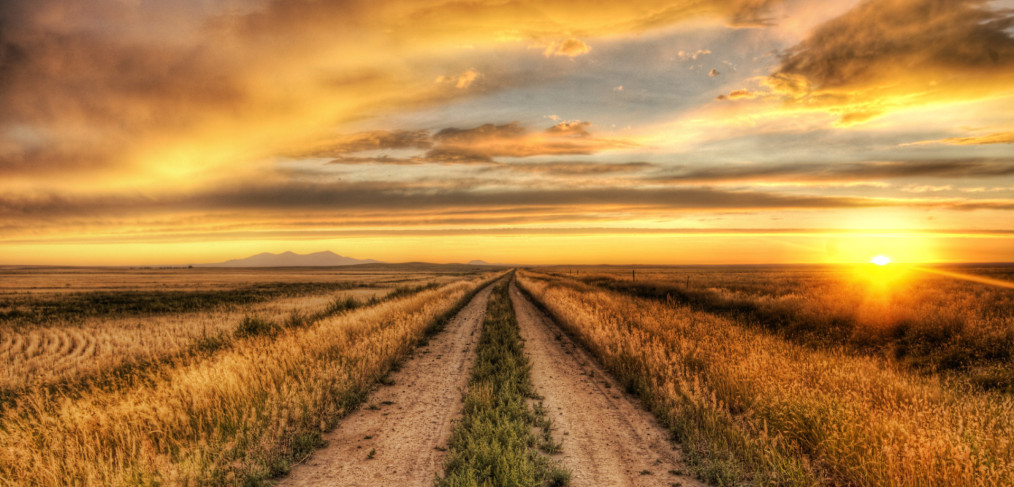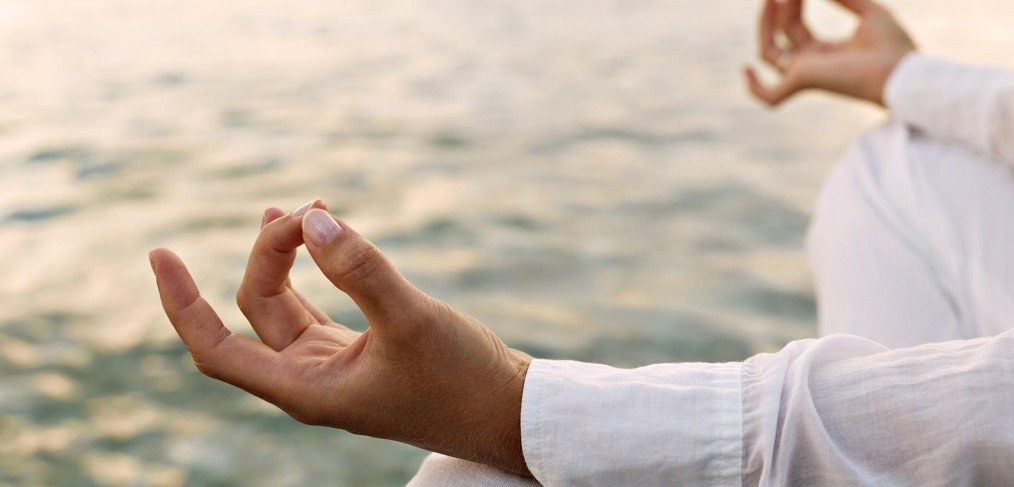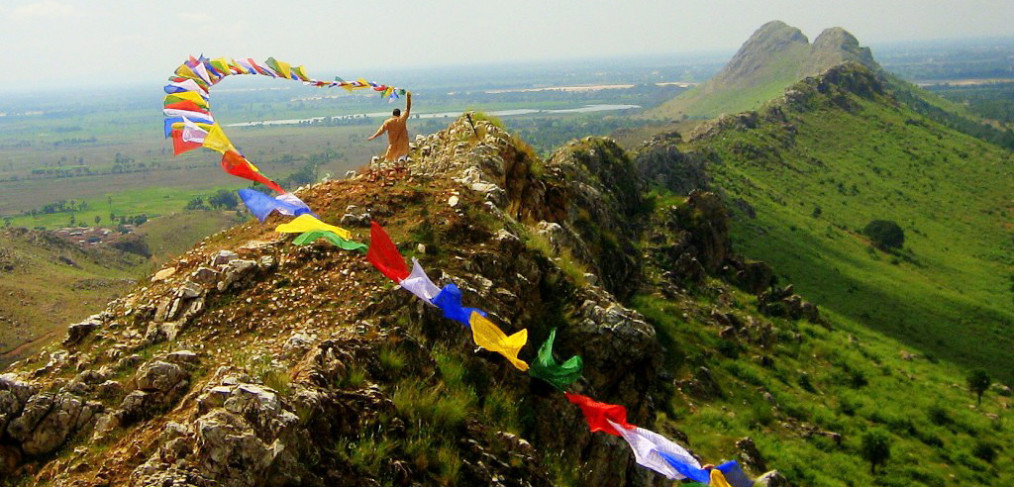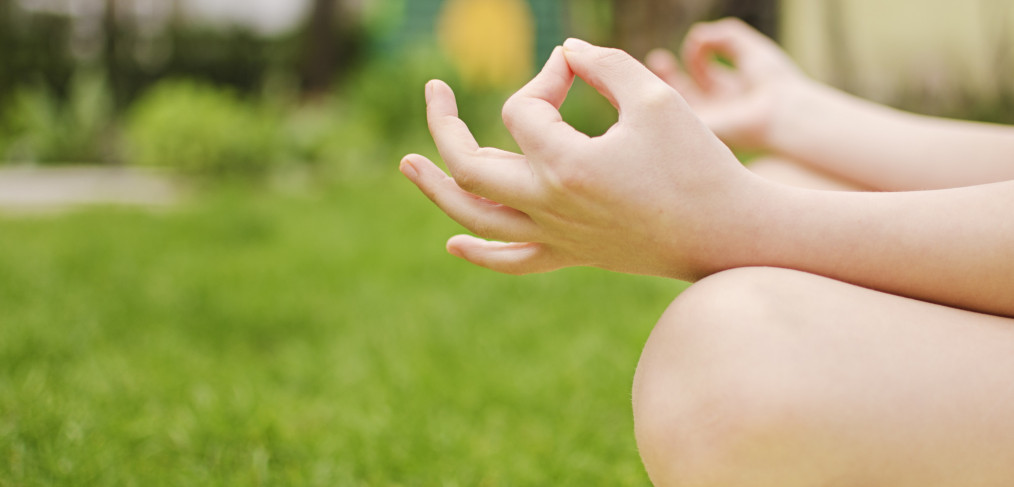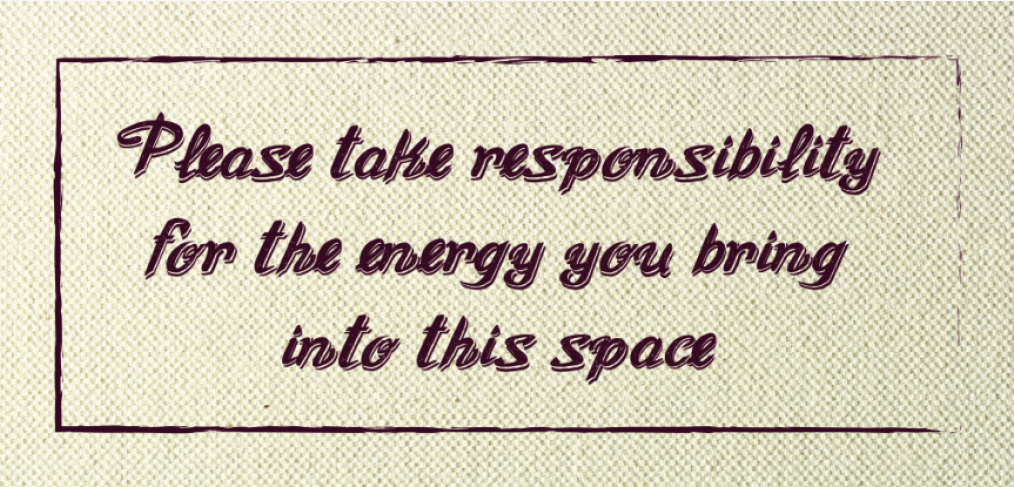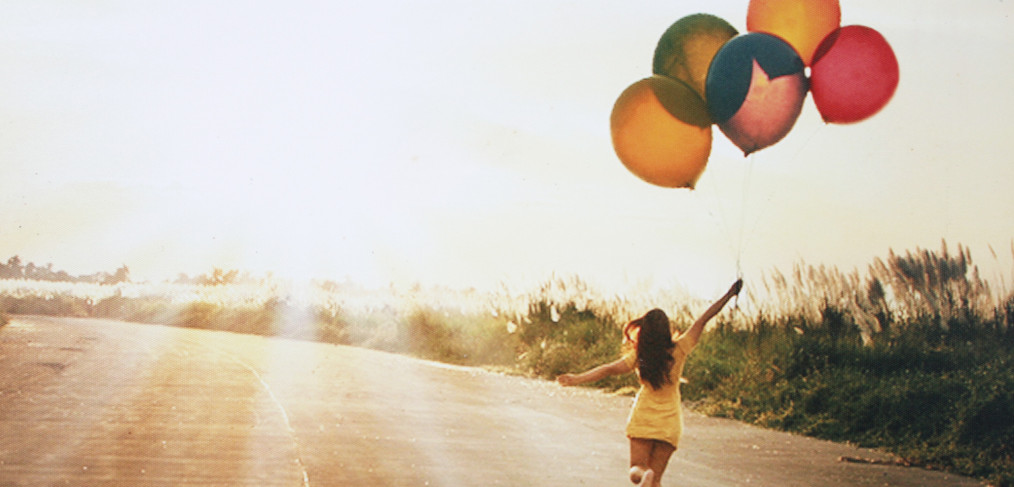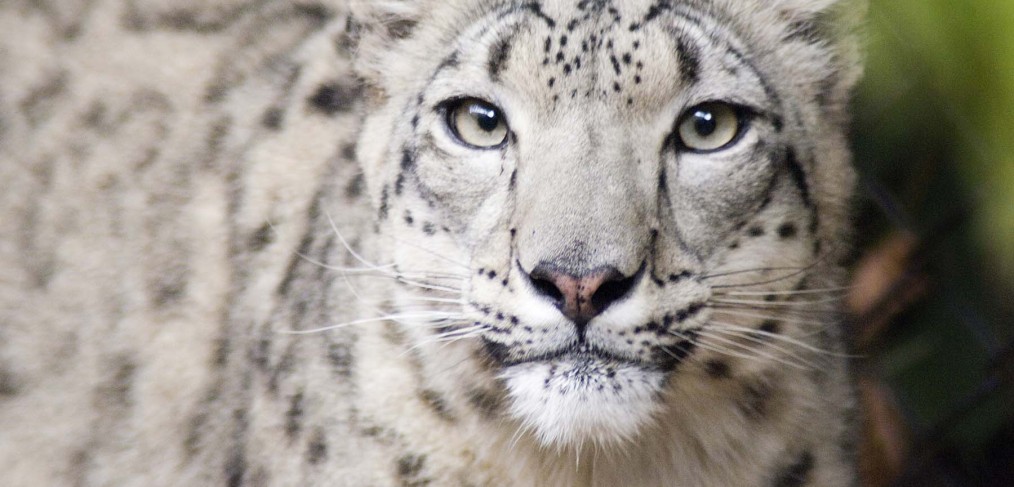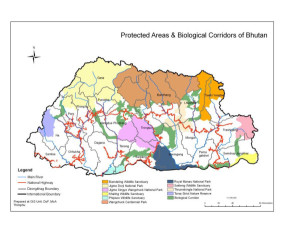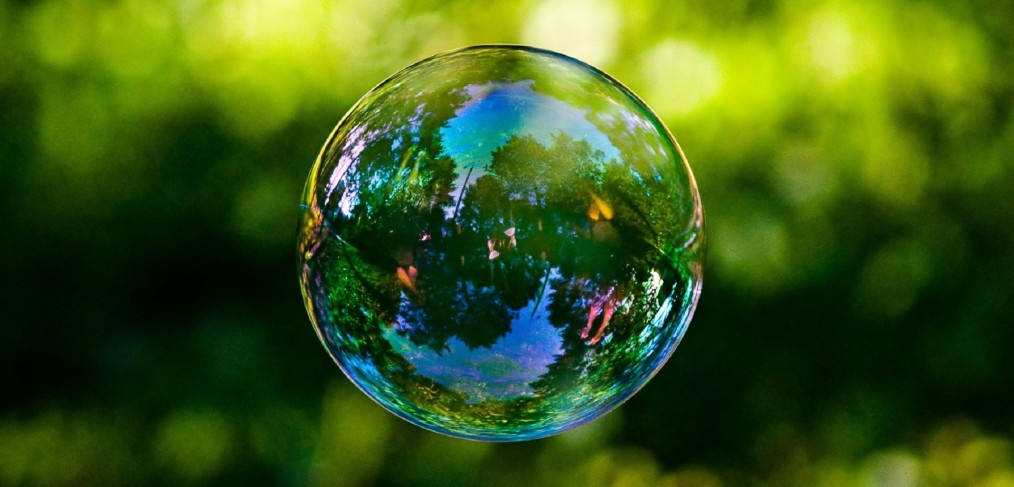The body is equipped with natural self-repair mechanisms that can be flipped on or off with thoughts, beliefs, and feelings that originate in the mind. This is great news, because it means, in essence, that you can heal yourself. But how?
One of the many simple ways you can flip on your body’s self-repair mechanisms is via meditation.
What Does It Mean To Meditate?
Dictionary.com defines meditation as “continued or extended thought; reflection; contemplation,” but I prefer Harvard professor Dr. Herbert Benson’s definition. He defines it as “Repetition of a word, sound, phrase, prayer, or muscular activity while passively disregarding everyday thoughts that inevitably come to mind and returning to your repetition.” With this definition of meditation, anything can be a meditation – not just sitting with your eyes closed in the lotus position, but walking, making art, cooking, shopping, dancing, driving… whatever.
How The Body Heals Itself
In my medical training, we were not taught that the body knows how to heal itself. Yet it is equipped with natural self-repair mechanisms that repair broken proteins, kill cancer cells, fight infections, prevent aging, and maintain the homeostasis of the body. When the body gets sick, whether from the common cold or something more serious, like heart disease or cancer, it’s almost always because the body’s self-repair mechanisms have broken down, usually because of stress.
When the nervous system is stressed, as it is during the “fight-or-flight” stress response that is so commonly triggered in modern day life, these self-repair mechanisms are disabled and the body is at risk for disease. Only when the counterbalancing relaxation response is activated, when the sympathetic nervous system is turned off and the parasympathetic nervous system is turned on, can the body heal itself.
Why Meditate?
So how can you turn on that relaxation response so the body can heal itself? One of the simplest and most effective is meditation! Meditation has been scientifically proven to activate the relaxation response, and as a result, almost every health condition improves. In his research at Harvard, Herbert Benson demonstrated that meditation is effective in treating angina pectoris, cardiac arrhythmias, allergic skin reactions, anxiety, mild to moderate depression, bronchial asthma, herpes simplex, cough, constipation, diabetes mellitus, duodenal ulcers, dizziness, fatigue, hypertension, infertility, insomnia, nausea and vomiting during pregnancy, nervousness, postoperative swelling, premenstrual syndrome, rheumatoid arthritis, side effects of cancer, side effects of AIDS, and all forms of pain – backaches, headaches, abdominal pain, muscle pain, joint aches, postoperative pain, neck, arm, and leg pain. (Most likely it helps many conditions not listed here, but Dr. Benson just hasn’t gotten around to studying them yet!)
Meditation has been shown to decrease stress-related cortisol, reduce respiration and heart rate, reduce the metabolic rate, increase blood flow in the brain, increase activity in the left prefrontal cortex (which is observed in happier people), strengthen the immune system, and lead to a state of relaxation.
Meditation also reduces work stress, anxiety, and depression, promotes cardiovascular health, improves cognitive function, reduces alcohol abuse, improves longevity, promotes healthy weight, improves immune function, and heightens quality of life.
How To Start Meditating
Deepak Chopra recommends the “RPM” (Rise, Pee, Meditate) approach to meditation, suggesting that those who can will be well served to meditate first thing upon arising. However, if you, like me, have young children, you may find it easier to meditate when the kids are napping or away at school. If you work outside the home, you may find it easier to meditate over your lunch break or just before bed.
Regardless of when you do it, it’s crucial to make the time in your schedule to help your nervous system relax.
Here are Some Tips to Help You Get Started with a Sitting Meditation Practice:
1. Create a peaceful environment
If you’ve never tried a sitting meditation before, start by creating a peaceful environment in which to meditate. I have two altars I’ve created at home, one in my bedroom and one in my home office, which I sit in front of to meditate. When I sit down to meditate, I light the candles, burn some incense, and take a moment to let my altar soothe me.
Some people have rooms exclusively dedicated to meditation. Even a small closet can be tricked out to become a special space designed to help your body relax and your soul connect. Meditating outside can also be lovely. Because I live on the California coast, I often meditate at the ocean on a rocky beach that is usually deserted or in Muir Woods, among the peaceful redwoods. If you have access to quiet spots in nature, try a beach, a riverfront, a meadow, or a forest free of distractions.
2. Minimize disruptions
Turn off the TV, silence your phone, and play soothing music if you like. The point is to create an environment conducive to freeing your mind from its daily clutter and relaxing your body.
3. Choose your meditation position
If you can, sit on the floor and close your eyes. You don’t have to sit in the lotus position unless you want to, but sitting on the floor helps you feel grounded, connects you to Mother Earth, and roots you into your body when you meditate. Feel free to use pillows, cushions, and other props that help you feel comfortable. Keep your back straight so you can breathe deeply with ease. If sitting on the floor is too uncomfortable, sit in a chair and place your feet firmly on the floor to develop a sense of grounding.
4. Set a timer
If you’re new to meditation, start with just five minutes per day and aim to work up to twenty. Set a timer so you don’t have to interrupt your meditation to check your watch.
5. Close your eyes
Closing your eyes minimizes visual distractions, helps you come back into your body, and starts to settle you.
6. Focus on your breath as you inhale and exhale
Meditation teacher Jack Kornfield suggests that if you notice yourself remembering, planning, or fantasizing, refrain from judging yourself, but do call it out. “Hello remembering.” “Hello planning.” “Hello fantasizing.” Then return to the present moment, focusing on your breath. The minute you notice your thoughts starting to wander, come back to your breath and try to empty your mind. If your mind continues to wander and your breath isn’t enough to empty your mind, try counting your breaths or repeating a one word mantra like “peace” or “one” to clear your mind.
7. Release judgment
Most importantly, don’t judge yourself as you learn to meditate. Criticizing yourself for meditating “badly” or beating yourself up because your monkey mind won’t calm down will only stress you out, defeating the purpose of making attempts to help your body relax so it can repair itself. Remain compassionate with yourself, and pat yourself on the back for any progress you make.
Can’t make it more than 10 breaths into your meditation? Give yourself a hug and try again the next day. Like anything, it just takes practice. As someone who resisted meditation for most of my life, I can attest to the fact that it really does get easier with regular practice, and the benefits are so worth the effort.
www.choki.org
Follow on Facebook!
Author: Lissa Rankin – Wake Up World

